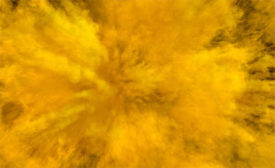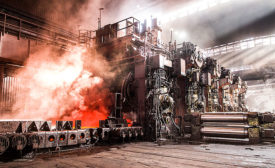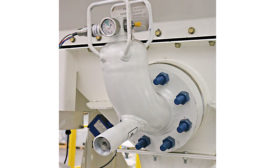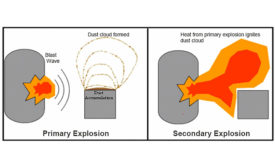Home » Keywords: » explosion prevention
Items Tagged with 'explosion prevention'
ARTICLES
Dust explosion control
Choose the dust explosion protection option that will best protect your systems
March 27, 2019
Detecting dangerous combustible dust
Know how to measure levels, mitigate risks & comply with standards to avoid explosions
March 8, 2019
Become a Leader in Safety Culture
Build your knowledge with ISHN, covering key safety, health and industrial hygiene news, products, and trends.
JOIN TODAYCopyright ©2025. All Rights Reserved BNP Media.
Design, CMS, Hosting & Web Development :: ePublishing





